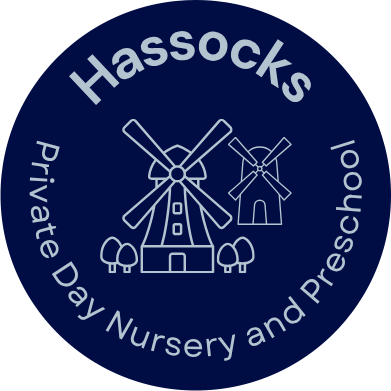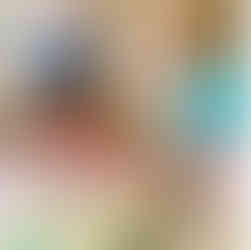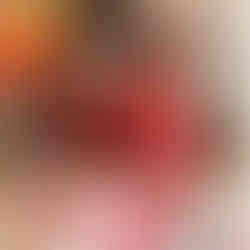The magic of messy play!
- Carly S
- Jul 15
- 3 min read
Updated: Jul 23
Why we love messy play at Hassocks Day Nursery and Preschool!
At our nursery and preschool, we believe that learning should be fun, hands-on, and a little bit messy! You may have noticed your little one coming home with paint on their sleeves or sand in their shoes—and that’s a sign of a good day. It’s all part of something we love and value deeply: messy play.
What Is Messy Play?
Messy play is any activity that allows children to explore and create through touch, movement, and sensory experiences—without worrying about getting dirty! It often involves materials like water, sand, paint, mud, slime, shaving foam, and even food items like spaghetti or jelly.
Unlike structured tasks, messy play is open-ended. There’s no "right way" to do it. Children are free to explore, experiment, and use their imagination.
Why Is Messy Play Important?
Messy play might look like just a bit of fun (and it is!), but it's also an essential part of early childhood development. Here are just a few of the benefits:
Supports sensory development: Children learn through their senses. Messy play stimulates touch, sight, smell, and sometimes even taste.
Boosts creativity and imagination: With no set rules, children can invent their own games and worlds.
Improves fine motor skills: Squishing, squeezing, pouring, and picking up small objects helps strengthen little hands and fingers—great for writing later on!
Encourages language development: As children describe textures, colours, and actions, they build vocabulary and communication skills.
Promotes emotional wellbeing: Messy play can be calming and a great outlet for self-expression.
Fosters independence and decision-making: Children learn to choose how they want to play, leading to increased confidence and independence.
Why We Do Messy Play at Nursery
We incorporate messy play every day because it’s fun, inclusive, and incredibly valuable. It allows every child, regardless of age or ability, to explore and learn at their own pace. It also encourages social interaction, turn-taking, and shared discovery.
We create safe, supervised environments where mess is not only allowed but celebrated! Whether it's a sensory tray filled with rice, a water station with cups and funnels, or a paint splatter canvas, we love seeing the joy (and learning) it brings.
Messy Play at Home: Easy Ideas
You don’t need special equipment to enjoy messy play at home—just a bit of creativity (and maybe a towel!). Here are some simple, child-approved ideas:
Water play: Fill a basin or bathtub with water and add cups, spoons, or bath toys.
DIY playdough: You can make it together with flour, salt, and water—add food colouring or scents for extra fun.
Painting with nature: Use leaves, sticks, or even potatoes as brushes and stamps.
Shaving foam play: Spray a tray with shaving foam and let your child draw shapes or letters with their fingers.
Jelly or spaghetti sensory bins: Cooked and cooled jelly or pasta can be squished, scooped, and explored.
Cornflour gloop: Mix cornflour and water to create a fascinating, semi-solid substance that’s fun to poke and pour.
Tip: Messy play doesn't have to mean a messy home — try it in the garden, bath, or on a wipe-clean tablecloth.
Final Thoughts
Messy play is more than just getting dirty—it’s about growing curious minds, confident learners, and creative thinkers. So next time your child is elbow-deep in mud or proudly showing off a finger-painted masterpiece, you can smile knowing they’re learning in the best way possible.
And remember: a messy child is a happy child!






















Comments